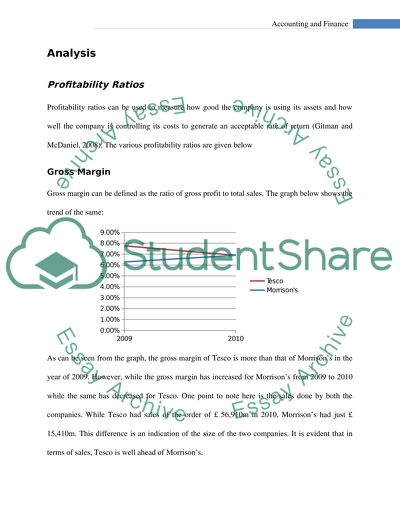Cite this document
(“Financial analysis of Morrisons and comparison with Tesco Coursework”, n.d.)
Retrieved from https://studentshare.org/finance-accounting/1414264-financial-analysis-of-morrisons-and-comparison-with-tesco
Retrieved from https://studentshare.org/finance-accounting/1414264-financial-analysis-of-morrisons-and-comparison-with-tesco
(Financial Analysis of Morrisons and Comparison With Tesco Coursework)
https://studentshare.org/finance-accounting/1414264-financial-analysis-of-morrisons-and-comparison-with-tesco.
https://studentshare.org/finance-accounting/1414264-financial-analysis-of-morrisons-and-comparison-with-tesco.
“Financial Analysis of Morrisons and Comparison With Tesco Coursework”, n.d. https://studentshare.org/finance-accounting/1414264-financial-analysis-of-morrisons-and-comparison-with-tesco.


